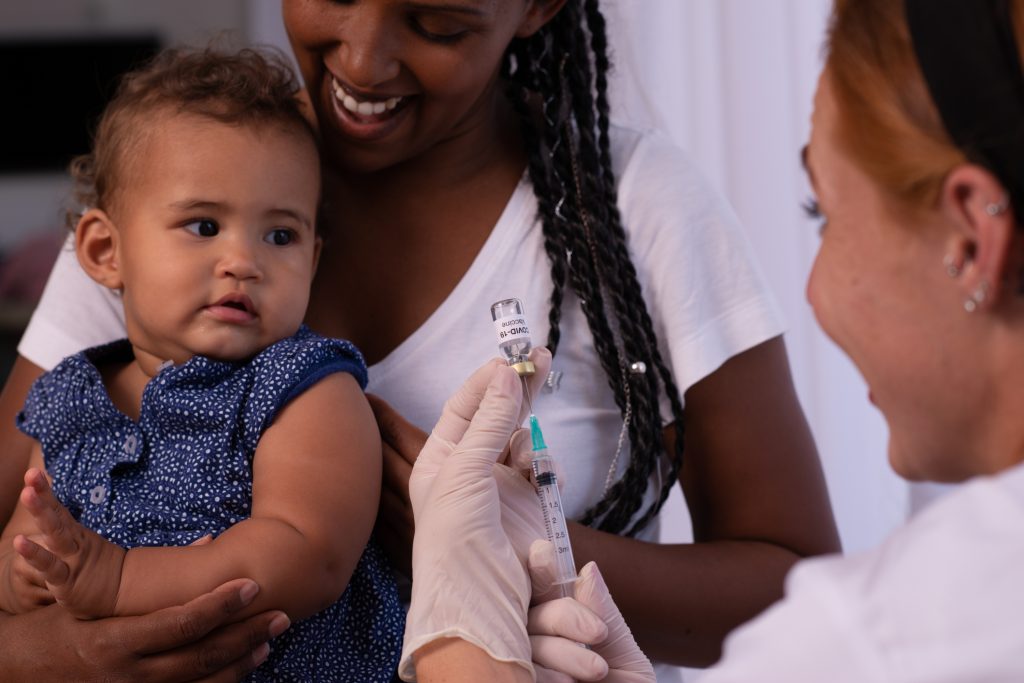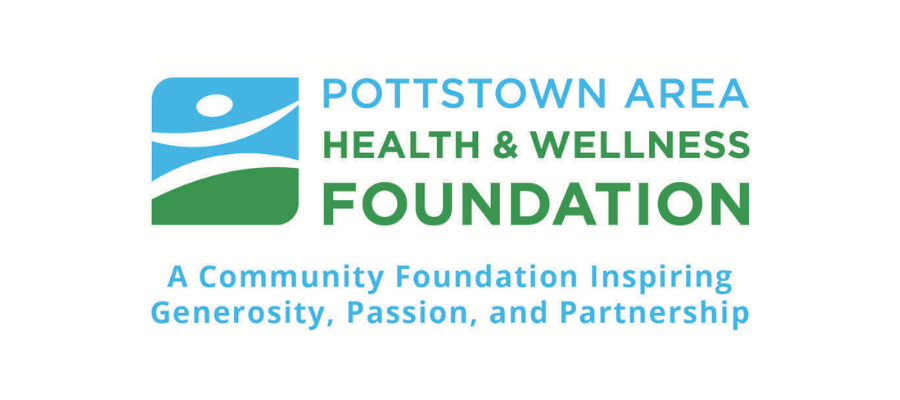COVID-19 Vaccination for Young Children
Safe for Even Our Youngest

You spend every day of their lives in a state of wonder—and worry. Naturally, the thought of giving them a new COVID-19 vaccine may cause some parents to pause. Pottstown Area Health & Wellness Foundation provides trustworthy insight to help you feel confident in COVID-19 vaccination to protect our youngest.
COVID-19 Is Surging in Unvaccinated Children
The COVID-19 vaccine is now approved for children as young as six months. For many parents, this is a long-anticipated relief. With youngest family members unprotected throughout the pandemic, many have limited their normal daily activities. And, despite protective efforts, hospitalizations in this population (infants and children under five) are five times what they were during the previous COVID-19 peak.
True, most younger children are spared the worst of COVID-19. However, severe cases, hospitalizations, and death still happen. Health experts advise parents to connect with their child’s pediatrician, or other healthcare provider, to schedule their COVID-19 vaccine and any needed boosters. Unlike older populations, COVID-19 vaccination is not available for young children at all sites. You can learn more at https://www.cdc.gov/coronavirus/2019-ncov/vaccines/recommendations/children-teens.html
Quick Facts on COVID-19 Vaccination for Young Children
Since the start of the pandemic, among children in the U.S. ages six months to four years, there have been more than:
- 2 million cases of COVID-19
- 20,000 hospitalizations
- 200 deaths
Health experts urge parents to vaccinate their children. These statistics warrant it.
The American Academy of Pediatrics, which approved the COVID-19 vaccine for individuals as young as six months, released a statement in June 2022 to ensure the public: “New vaccines are evaluated by a long-standing, rigorous, and transparent process by the U.S. Food and Drug Administration and the Centers for Disease Control and Prevention. All available safety and efficacy data are reviewed before authorization or approval of policy recommendations.”
Long-term Protection
Although young children who contract COVID-19 tend to have milder symptoms, vaccination can help protect against the long-term effects of infection. Consider it an investment in your child’s future health. We continue to learn how long COVID-19 causes ongoing health complications. Parents are advised to avoid later regrets by vaccinating early. Talk with your pediatrician about your children and any concerns you have.
Wide-spread Protection
Protecting young children against COVID-19 benefits all with whom they come in contact. Close contact with elderly relatives and friends, as well as immunocompromised individuals, is safer when both parties are vaccinated. Those with contraindications who are unable to get vaccinated also benefit.
At school, at play, around the dinner table—children of all ages are in regular touch (often literally) with others. Vaccination against COVID-19 in those eligible helps prevent the spread.
Vaccination Side Effects Are Mild
Kids experience similar side effects to the vaccine as adults. Usually onset within one day, the following common side effects may last up to three days: pain at the injection site, headache, fatigue, chills, body aches, nausea/vomiting, and fever. Babies may cry and sleep more frequently.
Remind your child, and yourself, this is for their best benefit. Unlike COVID-19, side effects are only a short-term reaction and are not contagious.
Noteworthy
By law, children with service animals are allowed to bring them to COVID-19 vaccination sites.
A Healthy Opportunity
COVID-19 vaccination helps protect kids of all ages, from COVID-19 and the emotional and physical effects of social distancing. Vaccination is often a passport to more comfortable socialization, expanding the possibility of family gatherings, playdates, childcare, school attendance, and participation in sports and other group activities. Consider this an opportunity to open doors for them (hands-free).
Sources
Information for this article was used from the following Sources:
